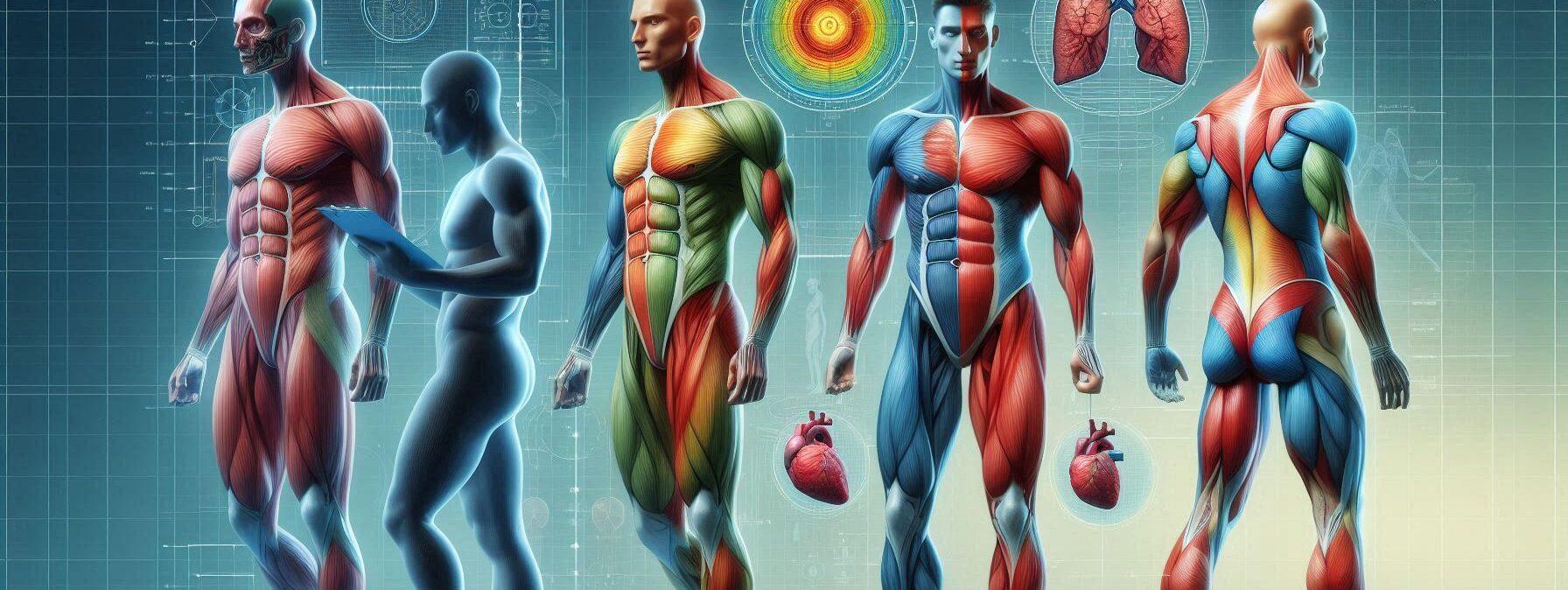Please Note: This post may contain affiliate links. If you click one of them, we may receive a commission at no extra cost to you. As an Amazon Associate, I earn from qualifying purchases.
Let’s face it: stepping on the scale can feel like a bad episode of a reality show. You know, the one where you think you’re doing great, and then—bam!—the number stares back at you like an angry ex-lover.
But here’s the thing: weight is just one tiny piece of the puzzle when it comes to our health journey. So, how do we measure progress without letting a little metal device dictate our mood?
Let’s dive into some creative ways to track your weight loss that won’t leave you feeling like you’ve just been dumped.
Top Takeaways and Key Concepts
Use measurements: Track waist, hips, and thighs to notice progress beyond the scale.
Keep a fitness journal: Record workouts, meals, and feelings to identify patterns and stay accountable.
Monitor energy levels: Track daily energy changes to measure fitness improvements and overall health.
Take progress photos: Capture consistent images to visualize body changes over time.
Celebrate non-scale victories: Reward milestones like increased strength, endurance, or clothing fit.
Summary of This Article
This article emphasizes that weight alone does not define health progress. It recommends using alternative tracking methods such as body measurements, fitness journals, energy level monitoring, and progress photos to get a fuller picture of improvement. Celebrating non-scale victories keeps motivation high and reinforces positive behaviors. Overall, the article encourages focusing on holistic progress and confidence-building rather than obsessing over the scale, making the weight loss journey more sustainable and enjoyable.
1. The Power of Measurements

By the way, have you ever considered using a measuring tape instead of a scale? I mean, who doesn’t love a good measuring tape?
It’s like the Swiss Army knife of fitness tracking! Instead of fretting over those fluctuating numbers, grab that tape and start measuring your waist, hips, thighs—whatever feels right!
Interestingly enough, many people find they lose inches even when their weight stays the same (thanks to muscle gain or other mysterious body magic).
I once had a friend who was convinced she wasn’t making any progress until she measured herself and realized she’d lost four inches off her waist! She was so excited; I thought she might float away.
2. Keep a Fitness Journal
Now let’s talk about journaling because who doesn’t want to channel their inner Shakespeare while discussing squats?
Keeping a fitness journal can be an incredibly effective way to track not only what you're eating but also how you're feeling during workouts.
Honestly, writing down your workouts can give you insights into patterns you may not notice otherwise.
Did that extra slice of pizza make your run feel more like dragging a boulder up Mount Everest? Or maybe those yoga classes are leaving you feeling zen and flexible as Gumby!
Whatever it is, jotting it down helps create accountability—and trust me, there’s nothing quite like looking back at past entries filled with sweat-soaked triumphs.
3. Monitor Your Energy Levels
Speaking of feelings—let's discuss energy levels because if there's anything worse than stepping on a scale after pizza night, it's realizing you've got less energy than a sloth on sedatives.
Tracking how energetic or sluggish you feel throughout your day can be eye-opening.
When I first started my fitness journey (which involved more grunting than grace), I noticed my energy levels skyrocketed after regular workouts.
It was almost like someone switched on my internal light bulb! If you find yourself bounding up stairs instead of wheezing through them for dear life—that's progress worth celebrating!
4. Take Photos Along the Way
Okay, this one might sound slightly narcissistic—but hear me out: taking photos is another fantastic way to visualize your transformation beyond mere numbers.
You don’t need fancy lighting or professional photographers; just snap some pics every few weeks in similar clothing and lighting conditions (if possible).
I’ll admit that reviewing old photos made me cringe at times—like “Did I really wear that?” But seeing physical changes over time helped keep me motivated when the scale refused to budge.
Plus, nothing says “progress” quite like comparing two pictures side by side—it’s practically Instagram gold!
5. Celebrate Non-Scale Victories
Now let’s get real about non-scale victories—or NSVs for short (because we all love acronyms!).
These are moments that remind us why we embarked on this journey in the first place: fitting into those jeans from high school (yes!), completing an extra lap around the track (double yes!), or simply feeling more confident in our skin.
To be fair, every time I could do push-ups without resembling an overturned turtle was cause for celebration!
Make it fun—create rewards for yourself when reaching certain milestones outside weight loss goals—a spa day or new workout gear will always do wonders for motivation.
Conclusion: Embrace Your Journey
All things considered, tracking weight loss progress goes far beyond what happens on that pesky scale each week. By embracing various methods—from measurements and journals to celebrating non-scale victories—you’ll paint a fuller picture of your health journey.
And remember: everyone has ups and downs along this path; don’t let one number define your worth or success! Now go forth and conquer—not just by losing pounds but by gaining confidence and joy in every step taken!
Suggested Resources:
Healthy Ways to Track Weight Loss
https://www.healthline.com/nutrition/track-weight-loss
How To Measure Your Body Fat Percentage
https://www.webmd.com/diet/how-to-measure-body-fat
The Benefits of Keeping a Food Journal
https://www.eatright.org/health/wellness/healthy-lifestyle/the-benefits-of-keeping-a-food-journal
Frequently Asked Questions
Why should I track progress without using the scale?
Weight can fluctuate daily, so using alternative methods like measurements, photos, and energy levels gives a clearer view of real progress.
How do body measurements help with weight loss tracking?
Measuring areas like the waist, hips, and thighs shows inch loss even when the scale doesn’t move, reflecting changes in muscle and body composition.
What should I include in a fitness journal?
Record workouts, meals, and how you feel each day to identify patterns, boost accountability, and stay motivated throughout your journey.
Why are energy levels a good indicator of progress?
Improved daily energy often signals better fitness, healthier habits, and physical improvements that may not appear on the scale.
How often should I take progress photos?
Taking photos every few weeks in similar lighting and clothing helps you visually compare changes that scales may not show.
What are examples of non-scale victories?
Better-fitting clothes, increased strength, improved endurance, or completing new fitness goals are all powerful signs of progress.
How can I stay motivated when the scale isn’t moving?
Focusing on non-scale victories, improved confidence, and physical changes keeps motivation strong even during plateaus.

Kevin Collier is a dedicated health enthusiast and writer for FatFAQ.com, where he shares his expertise on weight loss and maintaining a healthy lifestyle. With a focus on practical tips and evidence-based strategies, Kevin aims to inspire readers to achieve their health goals through informed choices. His engaging articles cover nutrition, exercise, and holistic wellness, providing valuable resources for anyone looking to improve their well-being. Passionate about helping others transform their lives, Kevin advocates for sustainable habits that promote lasting health and vitality.




